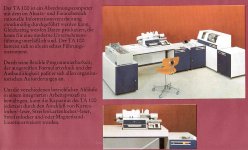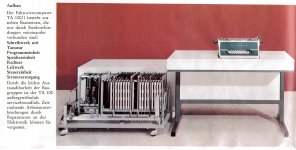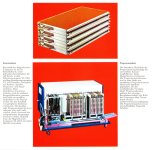Joerg Hoppe
Experienced Member
Guys,
Starting 2024 fun! Something new&nerdy here:
A video showing operation will follow.
kind regards,
Joerg
Starting 2024 fun! Something new&nerdy here:
A video showing operation will follow.
kind regards,
Joerg






